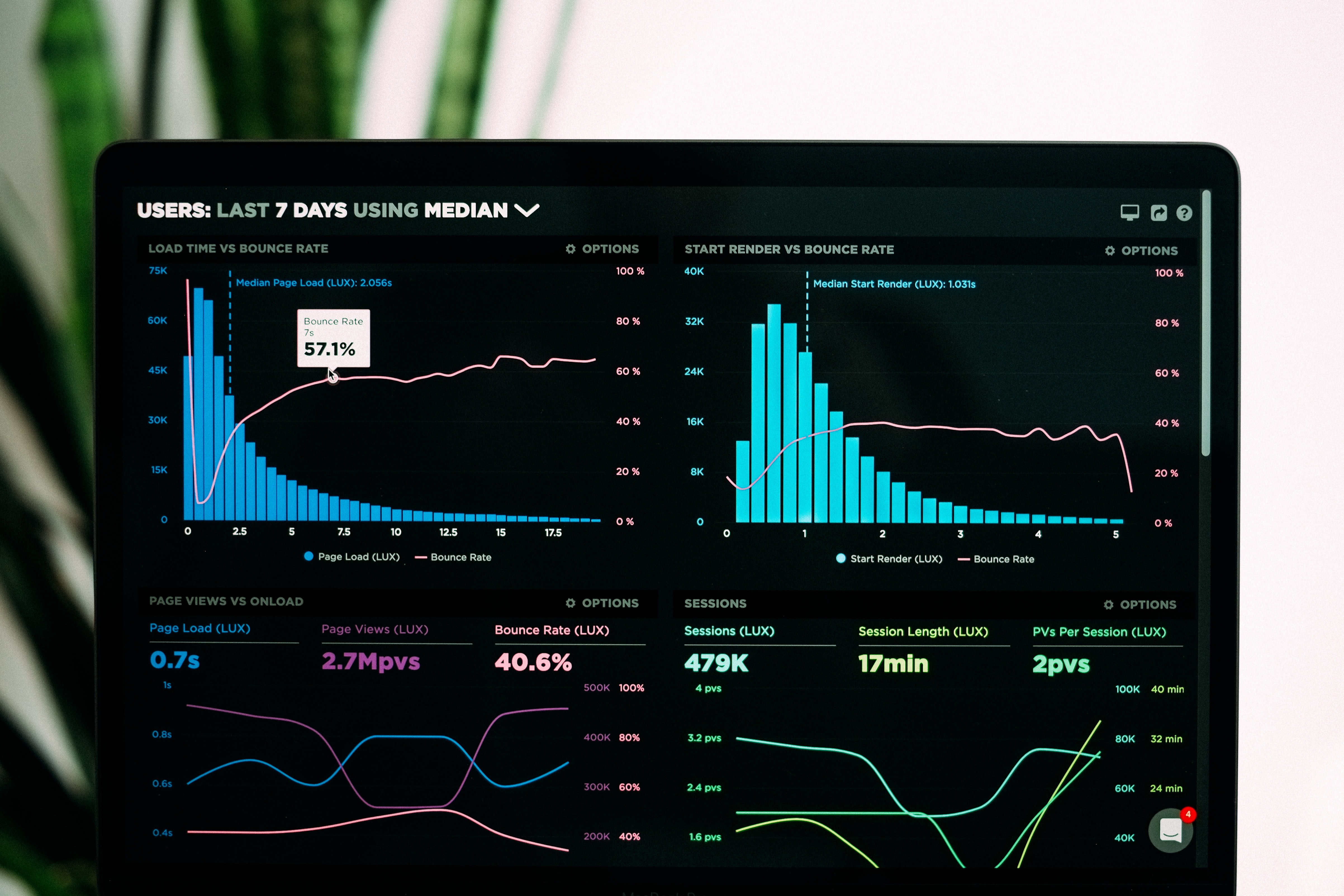Paid user acquisition campaigns aim at acquiring new users for mobile apps, and they have become essential in any effective growth marketing strategy. App developers rely on paid user acquisition campaigns to grow their app’s user base, but also to increase revenues and achieve a positive marketing ROI. And all of this leads us to mobile app KPIs.
Indeed, successful app install campaigns require a coherent strategy right from the start, setting up the correct mobile app KPIs to monitor and optimize in progress. Such metrics should reflect the overall goals of the user acquisition strategy, growing the user base or increasing revenues.
Tracking and analyzing the correct mobile app KPIs also allow advertisers to optimize their user acquisition efforts, allocating their budget only on the most profitable sources and leveraging high-quality users in order to increase ROI since day 1.
Let’s take a look now at some of the most common mobile app KPIs monitored by advertisers and app marketers in paid user acquisition campaigns.
Examples of Mobile App KPIs for App Install Campaigns
Mobile app KPIs are metrics which advertisers and app marketers measure in order to assess their performance and compare it to the goals they want to achieve. Therefore, KPIs reflect the goals of the overall app user acquisition strategy, can be easily monitored and help app install campaign optimization.
Mobile app KPIs can be divided into 4 main groups, based on the stage of the funnel in the user journey inside the app:
Acquisition: as the name suggests, acquisition KPIs are strictly connected to the user base growth. Most of them measure the cost of acquisition, be it the CPI (cost per install) or the CAC (customer acquisition cost), depending on the app business nature.
Engagement: engagement represents the interactions users have with an app, and there many mobile app KPIs to measure it, such as the number of sessions, the average session length, the number of daily/monthly active users, etc.
Retention: similar to engagement, retention measures the satisfaction of users with the app. Retention-related KPIs are metrics such as retention rate and churn rate, which compute how many users have kept using the app after a certain time period, or how many of them have left.
Monetization: monetization is the way a mobile app generates revenues, which happens usually through in-app purchases or advertisements. App developers can also compute the value users bring to the app with metrics like ARPU and LTV.
Moreover, mobile app KPIs can vary depending on app categories, because of the different monetization strategies and the different user funnels inside the app. And same KPIs can have different value for advertisers. However, the most important metric that every app developer will look at in the end is ROI, which measures the return on investment and thus the success of a paid user acquisition activity such as an app install campaign.
To learn more about app marketing metrics, be sure to check out our guide to the mobile app KPIs for user acquisition.
App KPIs For Mobile Games
Mobile games is the app category which has grown the most in 2022, projected to reach more than $150 billion in revenues at the end of the year. Within this app vertical, monetization strategies depend on the game categories, but the most valuable app KPIs measured by mobile game developers are ARPU, LTV and ROI.
The success of mobile games relies heavily on users who engage with the app multiple times per day, generating in-app purchases or watching ads, as is the case with hyper-casual games. Thus, the number of in-app purchases and advertisements shown in the app are the basis of any metric related to the app monetization.

ARPU measures how much revenue each user has generated on average over a specific time frame, dividing the total revenues per the number of users. LTV instead, predicts how much revenues the average user will generate during the entire lifetime in the app. Game developers usually predict LTV by using algorithms which keep track of data such as number of sessions, average session length, in-app purchases generated in the early days and so on.
Both ARPU and LTV can be compared to CPI, which stands for cost per install and it is the price game developers pay in order to acquire a new user through app install campaigns. The comparison between these metrics shows immediately to the advertisers whether or not they are making money from the dollars spent on paid user acquisition. This is the first step in order to compute the ROI generated by each campaign and source and assess the overall performance.
For more information about mobile app KPIs for mobile games, read our “Top KPIs to track user acquisition for mobile games”.
Mobile KPIs For Fintech Apps
Fintech apps represent a broad category, which includes payment apps, investment apps and banking apps. In recent years these apps have grown in popularity, increasing both downloads and revenues. As opposed to mobile games, fintech apps monetize through transactions, deposits and other in-app events related to a money transfer or payment.

Therefore, the essential mobile app KPIs for fintech apps differ from the ones described in the earlier section. For example, registration is a standard step asked to users in order to engage with the app. And registration for fintech apps often includes a procedure called “Know Your Customer” (KYC), which requires users to provide information about themselves in order to verify their identity and financial status. Thus, the install-to registration rate, or install-to-KYC rate, is the first crucial KPI to be monitored.
Then, fintech app developers usually look at CAC (Customer Acquisition Cost), instead of CPI. Indeed, they identify as customers only the users who get to a specific stage of the funnel, which often requires the completion of a post-install event such as the KYC. So, CAC is amongst the essential mobile app KPIs monitored to assess the profitability of user acquisition campaigns for fintech apps.
Finally, in-app events responsible for monetization are the mobile app KPIs that matter the most to fintech app developers. As said earlier, those events can range from deposits to transactions and trades; what’s important is to successfully optimize the funnel which brings users to such events, making it simple and smooth.
Looking for more insights about what metrics to monitor for fintech apps? Don’t miss our article “6 KPIs to Measure The Performance Of Your Fintech App’s User Acquisition Strategy”.
Mobile KPIs For Shopping Apps
The last section of our guide is about shopping apps, also known as e-commerce apps. Similarly to fintech apps, they monetize through transactions, when users purchase a specific item. Hence, mobile app KPIs to track are more or less the same, with a few exceptions.
For instance, LTV plays a crucial role in shopping apps, which want users to come back and keep making purchases. There are many strategies to keep users engaging with your shopping app, such as offering promotions and fidelity programs, respecting delivery times and dates, making it simple to return items and many more.
All of the strategies mentioned above help also to increase the retention rate, which is linked to user LTV and it’s one of the most important mobile app KPIs to keep track of. Advertisers usually leverage software and machine learning algorithms to predict LTV, based on users’ sessions, session length, retention rate and so on.

As for mobile games and fintech apps, monetization metrics can be compared with mobile app KPIs related to costs, such as CPI and CAC. In this case, CAC can be computed based on users who become customers by creating an account on the app or making their first purchase inside the app.
Want to grow your shopping app with user acquisition campaigns ? Be sure to read our “Top 4 KPIs For a Successful Shopping App User Acquisition Strategy”.
Mobile app KPIs are popular in user acquisition and app install campaigns because they help advertisers and app marketers carry out an in-depth analysis of the performance, providing data-driven insights to decision makers. Furthermore, machine learning algorithms are increasingly taking hold in mobile advertising, and app marketers are able to leverage ML algorithms and A.I. in order to optimize app install campaigns towards any specific mobile app KPI, from ARPU to retention rate and LTV.
Technological advances and changes in regulations about privacy are also affecting the way app install campaigns and paid user acquisition campaigns are measured. Mobile app KPIs will be affected too by such changes, and the more data app marketers can analyze the more effective the app install campaigns will be.
However, even though sophisticated mobile app KPIs can improve the analysis and the optimization of the performance, advertisers must provide flexibility, especially in the early stage of an app install campaign. Indeed, when testing a new marketing source or partner, it is essential to allow algorithms to do their work, collecting as much data as possible, without strict limitations in terms of thresholds and KPIs to achieve.





















